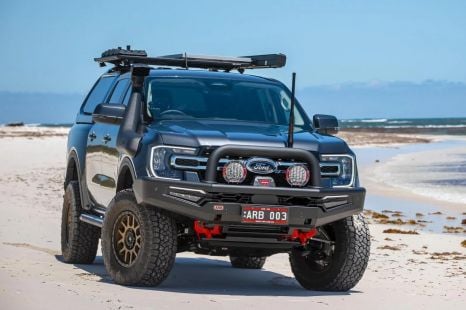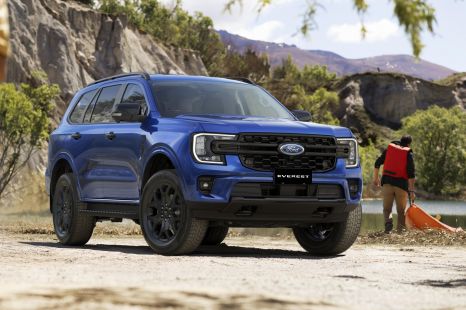

William Stopford
Ford Ranger, Everest and F-150 with ARB lights recalled for fire risk
11 Days Ago


The new Ford Everest is a large SUV offered in a 5D SUV body style. Available in Australia from $59,490 (MLRP, excl. on-roads) for the Ambiente variant and topping out at $82,990 for the Platinum.
There are 6 variants of the Everest available in Australia and this generation went on sale in September of 2025.
Engine options include 3.0L turbo (184kW/600Nm) and 2.0L turbo (154kW/500Nm). All variants feature 10-speed automatic transmission. All variants feature four-wheel drive.
The new 2026 Everest is offered with a 5 year, unlimited km warranty.


William Stopford
11 Days Ago


Ben Zachariah
27 Days Ago


Damion Smy
27 Days Ago


William Stopford
27 Days Ago


Max Davies
1 Month Ago


William Stopford
2 Months Ago


Ben Zachariah
3 Months Ago


William Stopford
3 Months Ago